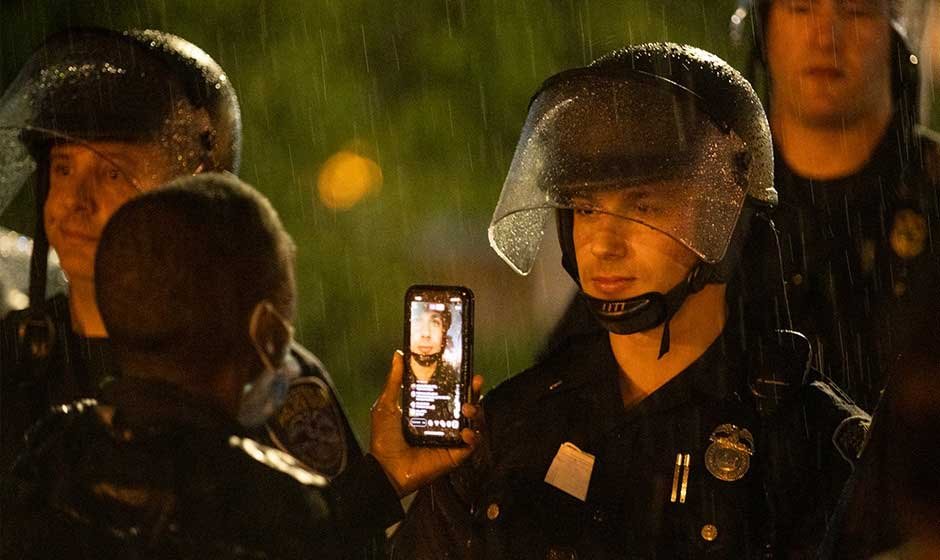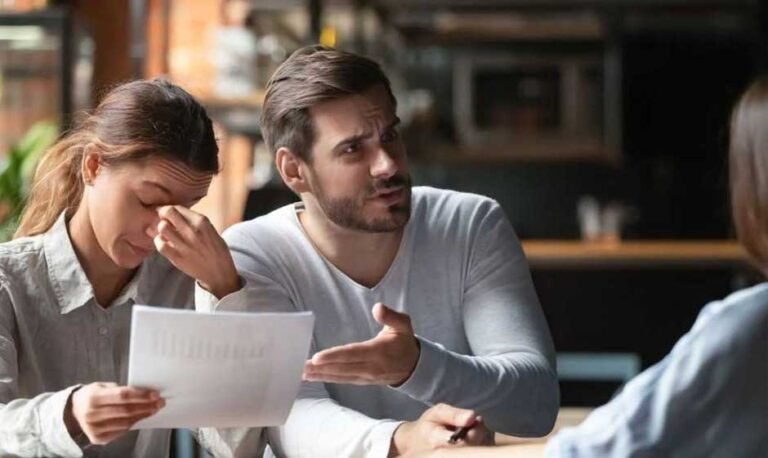Can You Record Police? What Protesters Need to Know
Understanding Your Right to Record
In the United States, the act of recording police officers in public settings is a right upheld by the First Amendment, rooted in the essential freedoms of speech and press. Documenting police conduct can be a crucial step towards promoting transparency and accountability during protests, rallies, or any public gatherings. Multiple federal court rulings, such as Glik v. Cunniffe, have reinforced this First Amendment protection—confirming that citizens are empowered to document the actions of police and other public officials as long as they do not interfere with official duties. The ability to record ensures that individuals are able to provide an objective record of events, which is especially important in situations where there may be disputes over what occurred.
However, exercising this right thoughtfully is just as critical as knowing you have it. Recorder safety, awareness of local restrictions, and respect for both your surroundings and law enforcement are essential components of responsible recording. Being mindful of your environment can help you avoid inadvertently escalating tense situations. For those seeking clear, location-specific guidance, resources on recording police at a protest can provide insight into state-level regulations, including tips on how to record safely and what to do if your right to record is challenged.
Furthermore, staying informed about recent court cases and ongoing debates around police accountability and recording rights is helpful. Each year, new legal precedents are set, and cities may adjust their regulations. Monitoring trusted news sources, legal aid groups, and civil liberties organizations can help you keep up to date.
State-Specific Legislation
While federal courts support the right to record, various states and cities may have laws that alter or add conditions to the boundaries of this right. In Louisiana, for example, a statute prohibits approaching within 25 feet of police during certain law enforcement activities, like making an arrest or conducting an investigation. This law, intended to protect officers’ ability to do their jobs safely and without interference, has sparked concern among advocates who believe it restricts the public’s ability to hold police accountable. Contrasting approaches can be found in other states; for instance, Arizona’s attempt to restrict police recording to no closer than eight feet was blocked in federal court for infringing on constitutional rights, showing that not every state proposal becomes enforceable law.
For protesters, activists, and citizen journalists, knowing local regulations before participating in demonstrations is pivotal. Some states have specific wiretapping, eavesdropping, or obstruction laws that can interact with your right to record police, and violations may lead to civil or criminal penalties. Some of these laws hinge on whether or not the audio component of your recording could be considered a violation, particularly if only one party must consent to being recorded. Always research your locality’s legal environment so you aren’t caught off guard, and when in any doubt, maintain a respectful distance, keep your recording device visible, and never attempt to secretly film law enforcement. This reduces the risk of escalation and helps ensure your documentation remains within legal bounds.
If you’re traveling to a different state for a protest or event, take even greater care. Reach out to local advocacy groups, use available know-your-rights resources, and be aware that police may interpret even well-intentioned actions differently depending on community context and recent events.
Best Practices for Recording
Stay Safe, Stay Legal
- Maintain a Safe Distance:Abide by any lawfully established perimeter or police instructions. Your recording should not disrupt officers’ operations or put yourself or others at risk—even a well-meaning attempt to document could interfere if you get too close.
- Visibility Matters:Hold your camera or phone in clear view. Concealed devices may be misinterpreted as potential threats by nervous officers and could lead to unnecessary confrontation or escalation. If possible, verbally acknowledge that you are recording for transparency.
- Be Respectful, Not Confrontational:Speak calmly if approached by police and avoid verbal escalation. If law enforcement asks you to step back, consider whether standing your ground may endanger yourself or others. If appropriate, ask officers to clarify their orders and comply when safe to do so.
- Know When to Pause:If lawful orders require you to cease recording for safety reasons, prioritize personal safety and legal compliance over continuing to film. You may document any perceived rights violations at a later time and seek legal support if necessary. It’s also wise to seek witness accounts if you or your device are targeted because of your recording.
For those filming, using a recording app with an automatic backup feature can be beneficial. If your device is confiscated or damaged, your footage will remain secure and accessible. Many organizations offer free resources or mobile tools specifically designed for protesters and legal observers.
Protecting Your Digital Privacy
Recording police can sometimes expose you to surveillance, doxxing, or efforts by law enforcement or other actors to access your footage. Protecting your data and privacy is as important as successfully capturing the video itself:
- Use Encrypted Apps:Send and store your videos through encrypted messaging platforms (such as Signal or WhatsApp) to shield them from unauthorized access, as regular SMS or unencrypted apps may be vulnerable.
- Think Before Sharing:Avoid livestreaming or posting your location in real time, especially on public social media channels, unless you are certain it won’t create a safety risk for yourself or others shown in your footage. Releasing footage after leaving the scene is often safer and still effective in raising awareness.
- Secure Device Access:Set robust passwords, enable two-factor authentication if available, and consider disabling facial recognition or fingerprint unlock features. Law enforcement, depending on your jurisdiction, could potentially use these features to access your device without your consent.
Backup your footage to multiple locations, such as to a cloud drive protected with strong authentication, and consider encrypting sensitive files—especially if your footage could be used as evidence or might put others at risk if accessed by the wrong people.
Handling Confrontations
Protecting Yourself During Encounters
- Know and Assert Your Rights:If questioned, calmly inform officers that you are exercising a constitutionally-protected right to record activity in a public space. It can help to explain that you are preserving a clear record of events and are not attempting to disrupt their work.
- Do Not Physically Resist:If officers demand your device or threaten arrest, do not struggle or physically resist. Record the encounter, if possible, and document officers’ badge numbers and behavior. Your safety and the safety of those around you is always the top priority.
- Seek Legal Aid:If you believe your rights were violated or your footage was unlawfully deleted or confiscated, seek support from civil liberties organizations like the ACLU or consult with a qualified attorney experienced in First Amendment rights and protest law. Timely documentation of details and witnesses will help you build your case if needed.
Conclusion
Recording police at protests supports transparency, documents critical moments, and may serve as a deterrent against misconduct, but it’s a right best exercised with caution and full awareness of the legal environment. Learn your state’s regulations and local rules, employ best practices in both filming and digital security, and aim to remain respectful and composed in any law enforcement interaction. With informed strategies and a clear understanding of your rights, your documentation can make a difference—and ensure that your efforts as a witness or activist are as safe, impactful, and protected as possible.






